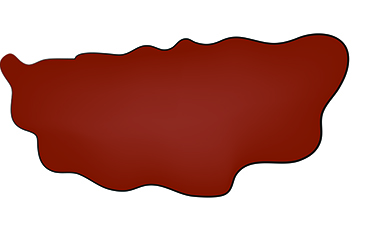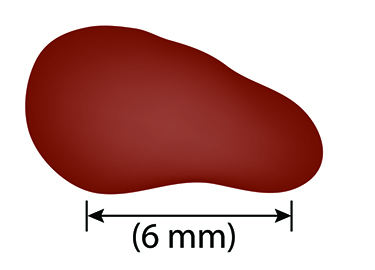Erlanger Dermatology
979 East 3rd Street
Suite A-445
Chattanooga, TN 37403
423-778-5693
Mon – Fri, 8AM – 4PM
What is Melanoma?
Melanoma is a less common type of skin cancer that develops when the cells that give skin its color (melanocytes) grow out of control.
Melanoma is more dangerous than other kinds of skin cancer because it has a higher likelihood of spreading to other parts of the body if not detected and treated early.
How is Melanoma Detected?
By doing a simple skin self-exam every month, you can improve your chances of finding a melanoma early. In addition to doing routine skin self-exams, you should have your skin checked regularly by a doctor or nurse specialist. A skin exam can be done during your regular checkups. Melanoma can be anywhere on the body. Check all of your skin carefully.
Where is Melanoma Found?
Melanomas can develop anywhere on the skin, but are often found on the chest, back, abdomen, neck or head of men and on the arms and legs of women.
People who have dark skin pigmentation have a lower risk of developing melanoma on the common sites mentioned above however, melanomas can occur on the palms of their hands, the soles of their feet and their nail beds.
Melanomas can also occur in other areas of the body such as the eyes, mouth, genitals, and anal area, but those cases are rare. Women should be sure their vaginal and cervix areas are examined for skin changes or new moles during their yearly OB/GYN examination.
Some melanomas do not fit the rules described in this handout. It is important to tell your doctor about any changes or new spots on your skin. You should also tell your doctor about any growths that look different than the rest of your moles.
What Should You Fook For?
During your monthly skin self-exam, keep in mind the "A-B-C-D-E Rule" for early detection of melanoma:





How to Perform a Skin Self-exam
After a bath or shower, stand in front of a full-length mirror in a well-lit room. Use a hand mirror to look at areas that are hard to see.
By checking your skin regularly, you will know what is normal for you. It is helpful to record the dates of your skin exams, and to write notes about the way your skin looks. If you find anything unusual, see your doctor right away. Most skin cancers, if found early, are curable. It is important to check yourself regularly especially if you have a strong family history of melanoma or if you’ve had skin cancer before.


